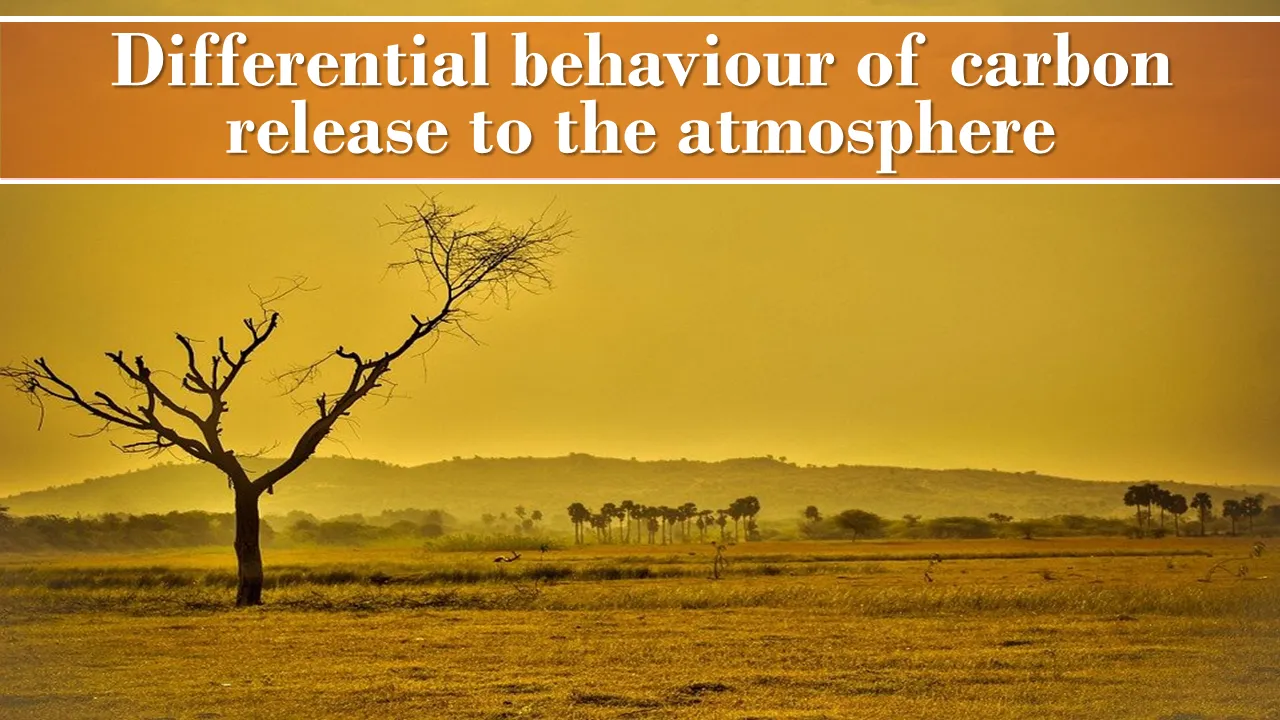
Greetings dear readers, continuing with the contributions of scientific environmental character, I will take this opportunity to socialize content on the effect that exerts the microbes of the ground, in the process of release of carbon of the biosphere to the atmosphere.
According to studies carried out by Professor Andrew Nottingham and a group of researchers from the Smithsonian Tropical Research Institute in Panama, it is stated that as we descend from a mountain, the temperature tends to increase constantly, a response that has been associated with a greater release of carbon by microbes from warm soils, compared to those from colder soils.

Fig. 2 The soil micro fauna, during its physiological processes releases carbon into the atmosphere. Image of public domain, Author: Republica, 2013
For Professor Nottingham, global warming creates a powerful energy release circuit, where microbes and enzymes that synthesize and thrive in warmer conditions release even more carbon from the soil into the atmosphere than microbes in cooler soils. However, research to substantiate these claims has yet to be conducted, primarily in lowland tropical forests, which tends to elucidate and make more precise this differential carbon release behavior.
Another of the scientists involved, and also a representative of the Smithsonian Tropical Research Institute, is Ben Turner, who has participated as a co-author in the studies developed to date, and who considers it likely that tropical soils are a considerable source of carbon for the atmosphere, promoting further temperature increases.

Fig. 3 The tropical forests are catalogued as the vegetal lungs of the planet earth, responsible for purifying the air. Author: Free-P, 2015
In important, to emphasize that both arguments have generated mixed opinions, essentially because, the tropical forests are catalogued like the vegetal lungs of the planet earth, responsible for purifying the air, reason why, the hypotheses of Nottingham and Turner, put in question what until now was believed, situation that demands to develop new investigations, where the projections of carbon dioxide absorption are estimated, and to correlate them with the release of carbon that emits the microbes in tropical grounds.
BIBLIOGRAPHICAL REFERENCES CONSULTED:
[1] Nottingham A., Whitaker J., Ostle N., and Bardgett R. Microbial responses to warming enhance soil carbon loss following translocation across a tropical forest elevation gradient. Ecology Letters. 2019; 22: 11. Article: Online access
[2] Turner B., Lambers H., Condron L., and Cramer M. Soil microbial biomass and the fate of phosphorus during long-term ecosystem development. Plant and Soil. 2013; 367: 1-2. Article: Online access
[3] Nottingham A., Whitaker J., Turner B., Salinas N., Zimmermann M., Malhi Y., and Meir P. Climate Warming and Soil Carbon in Tropical Forests. BioScience. 2015; 65; 9: 906-921. Article: Online access
OBSERVATION


